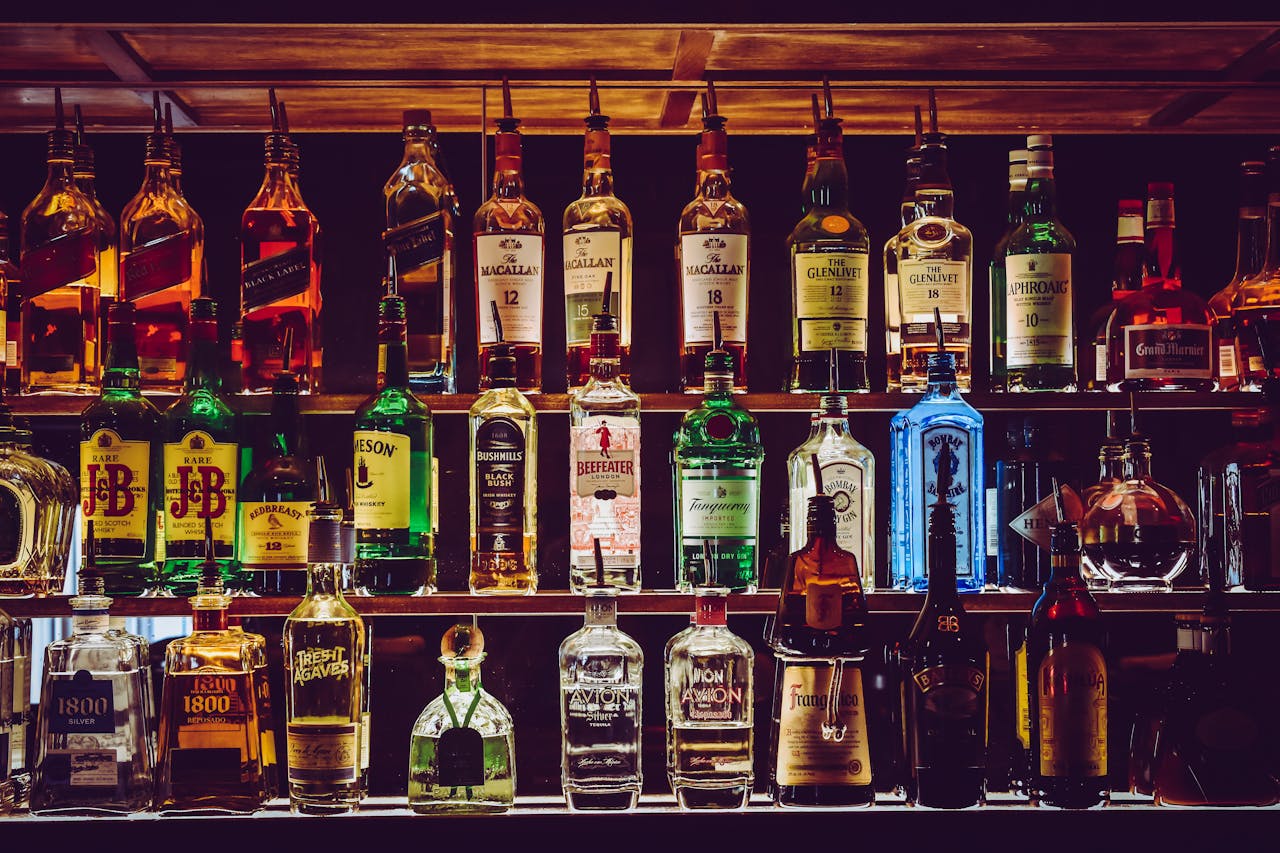Why are young adults drinking less alcohol?
A World Health Organisation report has shown that England has some of the highest percentages of teens aged 11–15 consuming alcohol, with 55% of girls and 40% of boys surveyed having drunk alcohol by the age of 15. In contrast, 39% of the 18–24-year-old age group say they do not drink overall, and a further 23% said their alcohol intake decreased while their consumption of non-alcoholic drinks increased. So why are young adults moving away from alcohol?
Young teens are exposed to a lot of alcohol from a young age but, on many occasions, they are forbidden from indulging in it themselves. Whether it’s parents having wine with dinner, family members drinking beer at barbecues, or seeing it in pop culture, young teens are exposed to alcohol and can see its effects on people but are largely prevented from taking part themselves. Therefore – like most teens – they become somewhat rebellious and try to have alcohol with their friends through other means. As a result, more young teens drinking alcohol makes the grand experience of finally turning 18, the legal age at which you can buy alcohol, less dramatic and exciting.
Furthermore, by the time a young teen who has been drinking alcohol for several years reaches the 18–24 age group, they know their response to and feelings about drinking. For example, they may be bored of it, they may be more concerned about its health impacts, or they may move on to other vices. As a result, they may lose the excitement of how they will react to alcohol and being drunk, making them less likely to buy alcohol.
Those interested in a healthy lifestyle are likely to stay away from alcohol
Despite this, the main reason why 18–24-year-olds are moving away from alcohol is likely due to the high awareness of and involvement in physical activity by this group. Gyms in 2025 are no longer solely for the steroid-taking bodybuilding competitors of the 1980s or 1990s. Instead, gyms are much more inclusive, incorporating a wide range of people with different fitness aspirations. The common fitness aspirations are usually to lose weight or to generally feel fitter and more active – and what product would hinder this? Alcohol.
One thing that comes with alcohol – given that it is most often accompanied by a night out – is a poor night’s rest, something that is also damaging for physical fitness and health. This means that those interested in a healthy lifestyle are likely to stay away from alcohol and late nights, the two things that damage their health and fitness goals.
2024 was a big year for the health and fitness industry, as membership in gyms and fitness clubs reached a high of 10.5 million. The 18–34-year-old age group holds a plurality of gym memberships at 30.9%, and the large number of gym-goers from this group, along with their focus on health, can be linked to the decline in alcohol consumption.
Another reason for the decline in young people drinking alcohol is the ongoing cost-of-living crisis and the wider economic climate. As almost everything in the UK rises in price, so do alcohol prices. Furthermore, alcohol prices have been directly and indirectly impacted by new government policies as Labour seeks new sources of revenue to counter the deficit. Two of the policies that will indirectly impact alcohol prices are the increase in the national minimum wage and rising national insurance contributions from employers. Pubs, clubs, or other places that serve alcohol will now raise their prices to stay afloat or to maintain their profits. An increase in tax and duties on wine and spirits will also impact alcohol prices, raising the price of alcohol further in social spaces but also in supermarkets and stores.
The suffering has already begun for nightclubs, with 400 clubs in Britain closing in the past five years
These price increases come at a time when the price of many items is also rising, such as energy costs. Therefore, with less disposable income in young people’s pockets, a group that typically has less money to begin with, alcohol purchases will suffer.
What does this mean for the wider economy? Alcohol companies, as well as pubs, clubs, and anyone selling alcohol, will suffer from a decrease in demand among the 18–24 demographic, the group that has recently been given the legal right to purchase alcohol. This age group is the target audience for many nightclubs and thus demand and interest in alcohol and clubbing — an activity heavily associated with drinking — will suffer. The suffering has already begun for nightclubs, with 400 clubs in Britain closing in the past five years.
These businesses struggling will also mean many jobs will be lost and income for people will suffer, having a net negative impact on the economy. However, can much really be changed to get young people back into alcohol heavily, given their experience as young teens, their health consciousness, and tighter pockets?

Comments